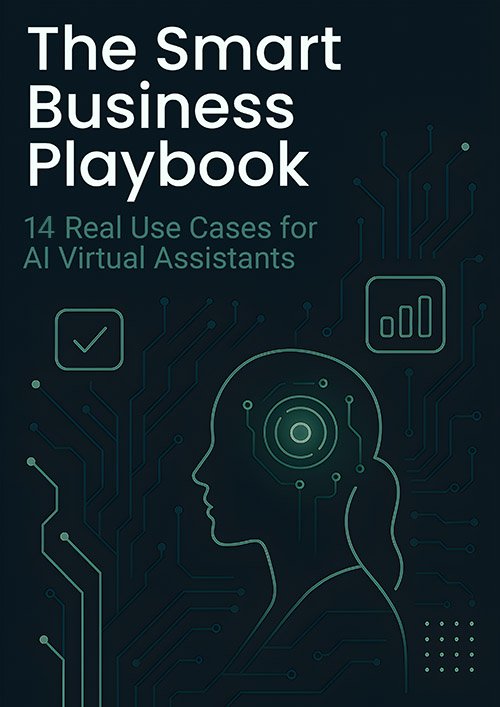To guarantee successful employee onboarding, establish clear goals and objectives to align new hires with organizational expectations. Personalize the experience by customizing materials and introducing role-specific training. Implement effective mentorship programs to boost engagement and retention. Utilize technology to streamline processes and enhance communication. Measure success through key metrics like attrition rates and time-to-productivity. By focusing on these strategies, you’ll create an impactful onboarding process that effectively integrates new hires and prepares them for success. Explore further to discover more details.
Key Takeaways
- Establish clear onboarding goals and objectives to align new hires with organizational expectations and measure role competency achievement.
- Personalize the onboarding experience to enhance engagement and ensure new hires feel valued from day one.
- Implement effective mentorship programs to boost engagement, job satisfaction, and retention rates.
- Utilize technology for automating routine tasks and enhancing communication throughout the onboarding process.
- Measure onboarding success through key metrics like attrition rates, time-to-productivity, and participant survey feedback.
Establish Clear Onboarding Goals and Objectives

When establishing clear onboarding goals and objectives, you’ll find that aligning new hires with organizational expectations is essential for integrating them into the company culture effectively.
Start by defining measurable objectives, such as achieving specific role competencies within three months. This strategic approach not only clarifies responsibilities but also boosts your retention rate by 19%.
Implement training modules to guide new hires in mastering initial performance metrics, guaranteeing they focus on key tasks without feeling overwhelmed.
Regularly gather feedback to refine your employee onboarding strategy, driving continuous improvement. Adjusting goals based on feedback keeps the onboarding process relevant and impactful, fostering a seamless shift for new hires into your organizational framework.
This detailed strategy guarantees long-term success and engagement.
Personalize the Onboarding Experience
Although onboarding can be an intimidating process, personalizing the experience is a strategic way to boost engagement and guarantee new hires feel valued from day one.
Personalized onboarding can markedly enhance engagement rates, with companies like Arden University achieving over 96% through tailored journeys.
To guarantee successful onboarding, consider these strategies:
- Customize Onboarding Materials: Tailor resources to reflect specific roles and departments, enhancing understanding and employee integration.
- Implement Role-Specific Training: Provide early access to tailored training to reduce overwhelm and improve retention.
- Gather Feedback: Regularly collect insights from new hires to refine the process and guarantee it meets diverse needs.
Implement Effective Mentorship Programs

By leveraging mentorship programs, organizations can greatly boost retention and integration rates during the onboarding process.
Pairing new hires with mentors who match their skills and communication style fosters a supportive environment, enhancing job satisfaction and employee performance. Regular check-ins and feedback from mentors guarantee employees feel valued, leading to a 50% increase in engagement and productivity.
This structured guidance not only leads to productive onboarding but also strengthens employee loyalty and commitment. According to a Sage report, such programs can improve retention rates by up to 93%, emphasizing their strategic importance.
Furthermore, effective mentorship reduces premature resignations by 25%, showcasing its role in stabilizing the workforce. Implementing well-structured mentorship programs is essential for long-term employee retention and success.
Utilize Technology for Streamlined Processes
To effectively streamline employee onboarding, leveraging technology is indispensable. Onboarding software can automate routine tasks, ensuring streamlined processes that mitigate human error and enhance the new hire experience. An online onboarding portal allows recruits to access critical information, complete paperwork at their own pace, and acquaint themselves with company resources pre-start.
Consider these strategic steps:
- Automate Tasks: Implement onboarding software to handle repetitive tasks, ensuring consistency and compliance.
- Enhance Communication: Use technology for seamless interactions, fostering early connections and a sense of belonging.
- Leverage Mentoring Software: Match new hires with experienced colleagues for personalized guidance in maneuvering company culture.
Engagement metrics from these tools provide insights for continuous improvement, refining strategies to optimize onboarding outcomes.
Measure Success Through Key Metrics

While implementing a robust onboarding program, it’s vital to measure its success through key metrics to guarantee effectiveness and efficiency.
Start by tracking new employee attrition rates before and after onboarding—this provides insight into its impact on employee retention.
It’s important to monitor program completion rates to make certain new hires fully engage with the onboarding process.
Measure time-to-productivity rates to see how quickly employees contribute effectively, as extended programs often lead to improved performance.
Use participant surveys to gather qualitative data on new hires’ experiences, identifying strengths and areas for improvement.
Finally, analyze individual metrics like engagement levels and performance evaluations to assess the onboarding process’s long-term effect on employee satisfaction and retention.
These steps guarantee a strategic approach.
Conclusion
By adopting these strategies, you’ll transform your onboarding process into a powerful tool for employee success. Imagine a hypothetical company, Tech Innovations, that personalized onboarding by pairing new hires with mentors and utilizing technology to streamline paperwork. They saw a 30% increase in employee engagement within six months. By setting clear goals and measuring success through key metrics, you can replicate such success and guarantee a seamless shift for every new team member.


